Lego model - City of Pompeii
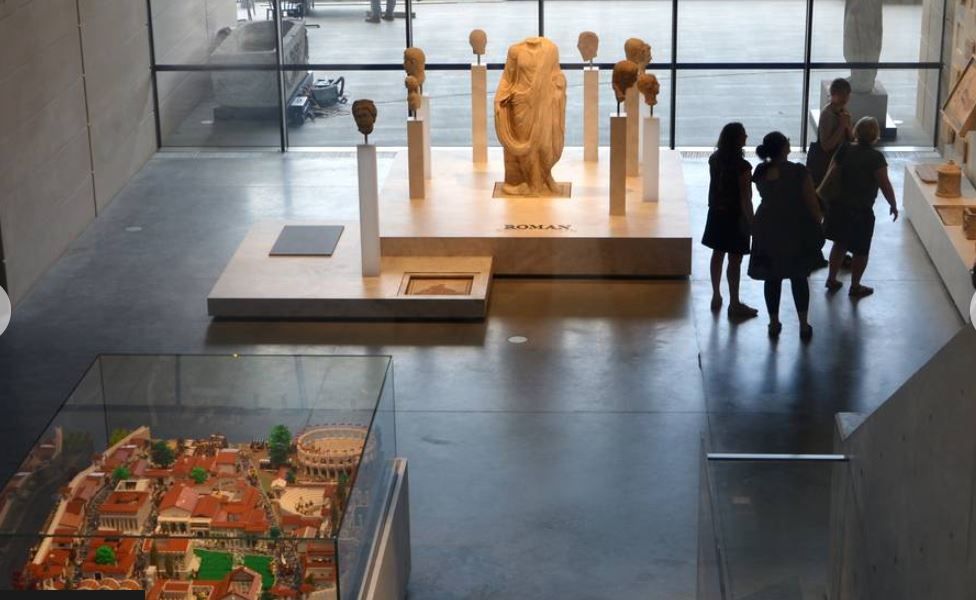
During my visit to the Chau Chak Wing Museum located in the grounds of the University of Sydney, children gathered around a Lego model of the city of Pompeii – as we all know Lego is a drawcard for adults and children alike.
Lego Pompeii is the third Lego model commissioned by the Nicholson Museum (which now forms part of the Chau Chak Wing Museum), after Rome's Colosseum (2013) and the Acropolis of Athens (2014, which is in the Acropolis Museum in Athens). Ryan McNaught, the Melbourne-based Lego masterbuilder, known as the Brickman, built the model using 190,000 bricks and taking 470 hours, it is the largest and most complicated representation of the ancient world the museum has undertaken.2
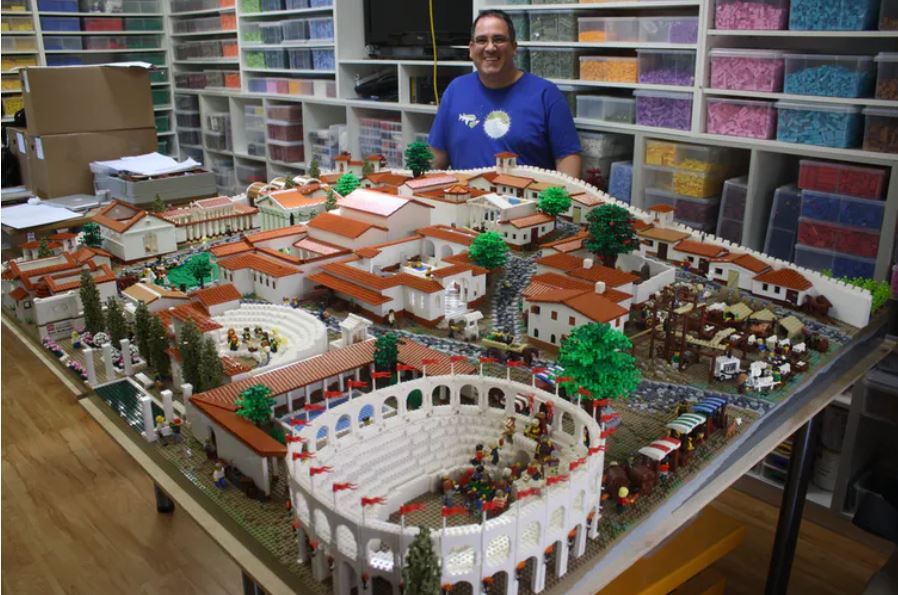
Dr Craig Barker, archaeologist and manager of education and public programs at Sydney University Museums says:
While the Lego Colosseum and Lego Acropolis were hits with primary-aged children, Lego Pompeii is also geared toward the needs of HSC^ students. Pompeii is the starting point for New South Wales students of ancient history, so you have a very large number of students, over 12,000, spending weeks trying to understand Roman daily life and the concepts of archaeology. The Lego model makes history fun, gets students excited and prompts them to dig deeper.2
^Higher School Certificate: the final year of high school - results critical for those wanting to attend university or other tertiary education.>
The Lego model of Pompeii intermingles three different periods of its history:
- The ancient city just before the eruption of Vesuvius, its buildings and significant events, such as the amphitheatre riot in AD59.
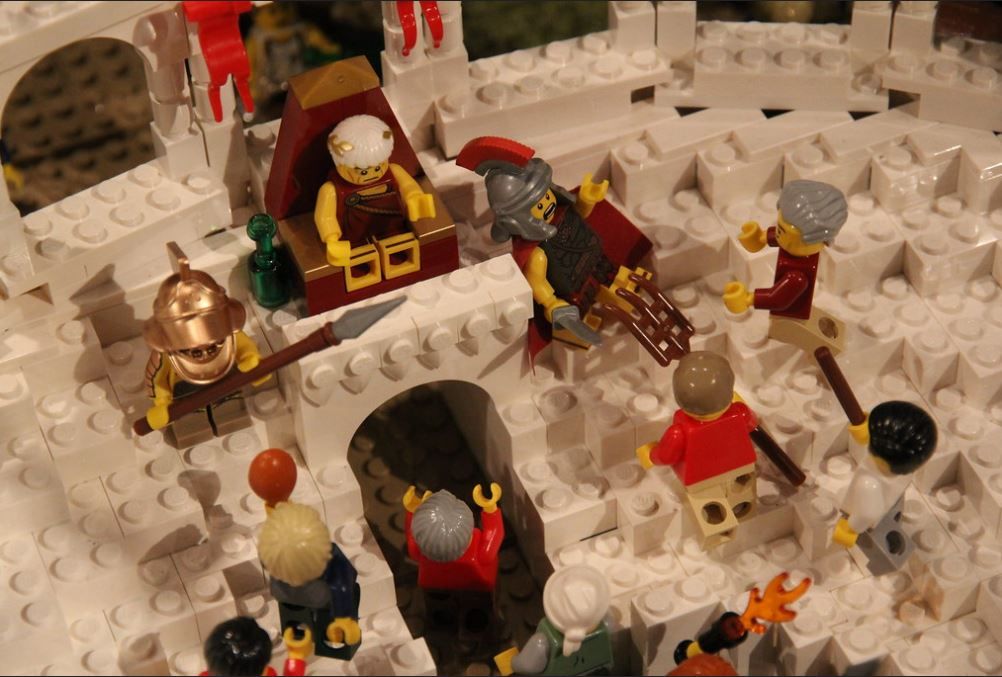
- The work of archaeologists, from Giuseppe Fiorelli making plaster casts of victims discovered in the volcanic layers in 1860 to bio-archaeologist Dr Estelle Lazer examining skeletal remains in 2019.
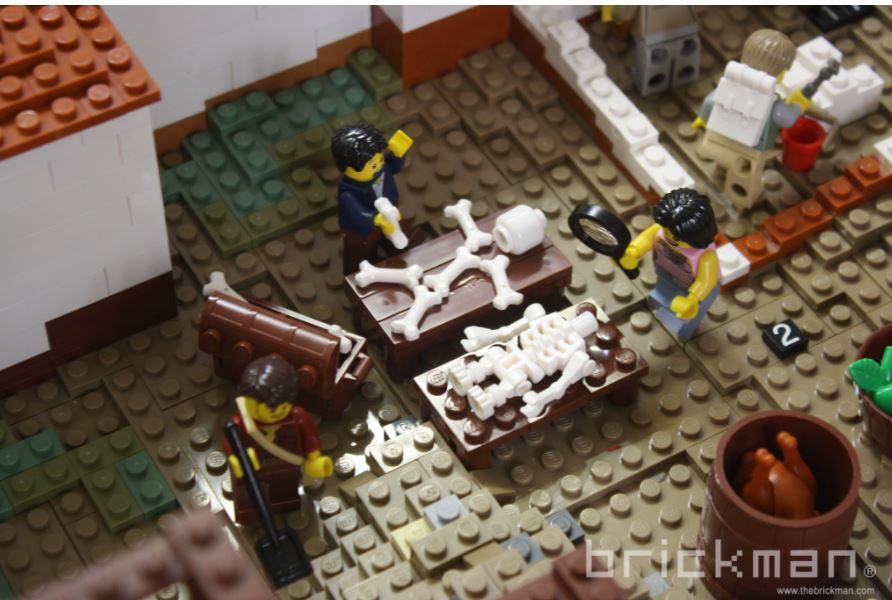
- Elements of popular culture, including a visit by Dr Who and the staging of a Pink Floyd concert in 1972.
Ryan had a lot of fun with the design brief allowing fictional events to mix with true events such as:
- Grand Tourists visiting the site in the 1700s.
- Sir William Hamilton walking up the slopes of Vesuvius in 1767.
- Johann Joachim Winckelmann, pioneer of Art History helped establish formal archaeological excavations at Pompeii in the mid 1700s.
- Sir Charles Nicholson founder of our Antiquities and Art Collections, visited Pompeii in 1858.
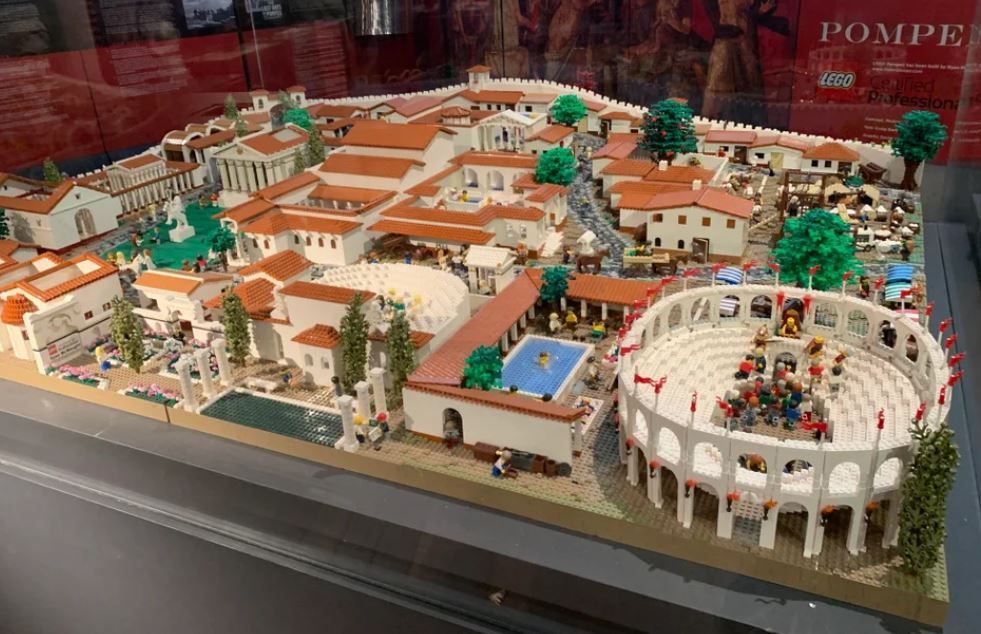
No wonder teenagers and younger children were studying the model so closely – looking for all of these characters and the various historical events. What a fun way to learn.
Until I started delving into the specifics of the Pompeii Lego model, I had no idea of these design details, which means a return trip to visit the Lego model and the Chau Chak Wing Museum is a must on my next visit to Sydney!
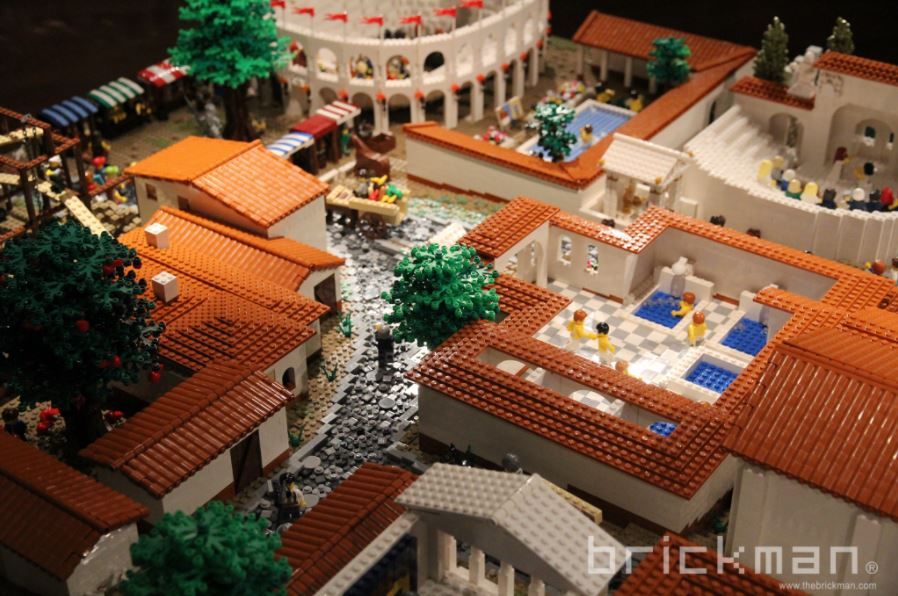
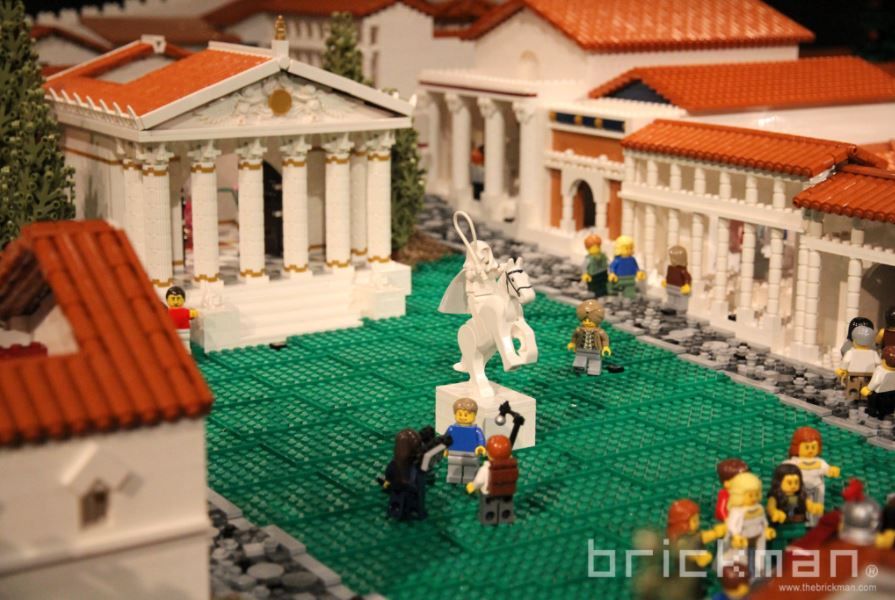
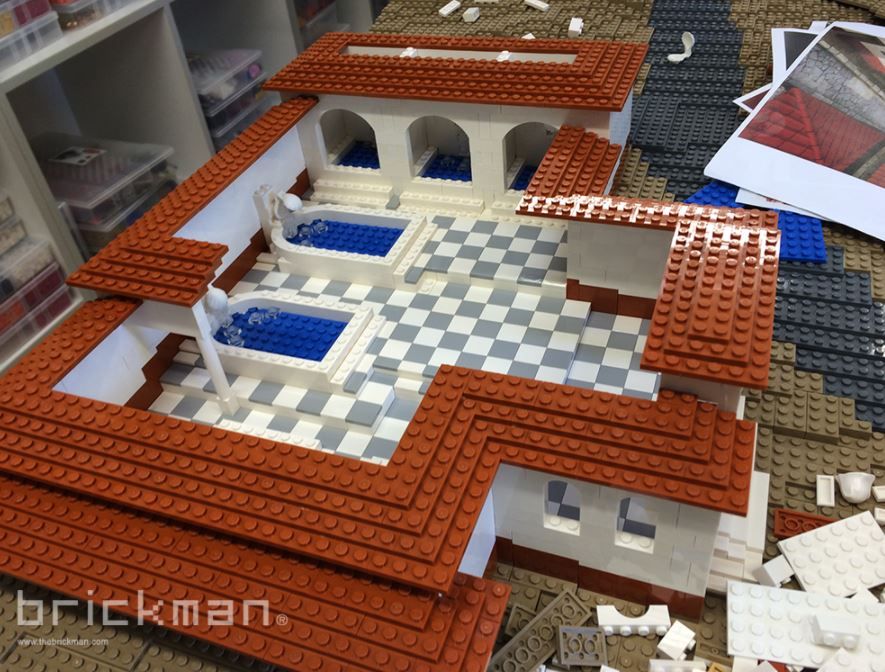
Credits:
1. my own photo
2. smh.com.au
3. Photo by Craig Barker - Nicholson Museum
4. flickr.com
5. brickman.com
6. reddit.com.
